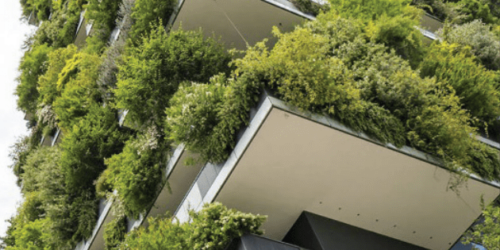A year after the COVID-19 pandemic, the construction sector has shown robust growth and contributed to the revival of economic activity in Pakistan. The housing and real estate activity has taken off on the back of an incentive package and low-cost housing projects announced by the government.
Till October last year, a total of 127 projects had been registered at an estimated cost of Rs.63 billion to avail the scheme. In addition, a further 114 projects worth around Rs.109 billion were also under the process of being registered.
Economic revival is a welcome sign, but we need not just build – we must build back better. The construction sector generally has a reputation for being slow to adapt to change. However, this new growth momentum could be the perfect opportunity for it to embrace sustainable practices and be mindful of the country’s commitments to UN SDG’s.
Globally, the construction sector accounts for around 28 percent of energy-related greenhouse-gas emissions and excessive usage of various natural resources, such as water. Pakistan is ranked amongst the countries with the highest energy consumption for domestic use.
The domestic sector consumes around 46 percent of the total energy, while the industrial sector accounts for about 27.5 percent. Almost half of the total energy consumed is used in buildings and or heating, ventilation and air-conditioning (HVAC) and lighting appliances, compared to around 40 percent in European countries that face extreme weather conditions.
Therefore, particularly in view of persistent energy shortages in Pakistan, there is a dire need to fast track the development of energy-efficient and sustainable buildings to conserve natural resources and protect the environment from degradation.
Sustainable buildings give special consideration to the site accessibility, architecture and building design, building materials, impact on the environment and efficiency of natural resources like water and energy.






